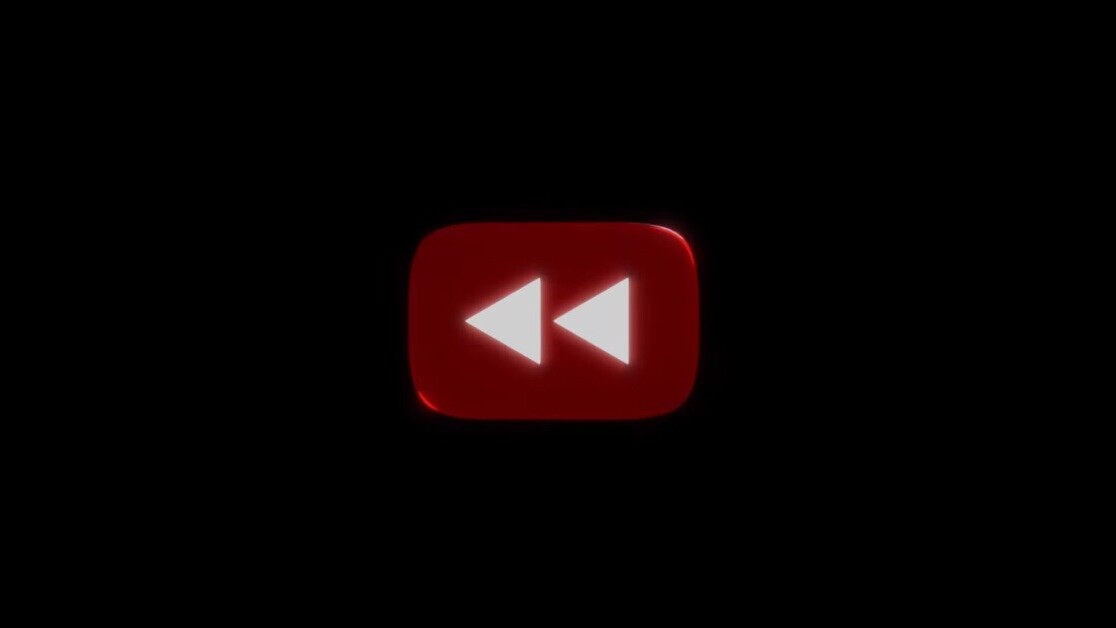
Google this week revealed details about YouTube’s ad revenue for the first time since it purchased the company, and the numbers are kind of staggering. The site earned just over $15 billion in ad revenue last year — and it’d be quick to tell you just how much of that goes back to its creators. It doesn’t sound like much — at least until you compare the site to social media rival Instagram.
You can read the breakdown of Google’s financial results here. In addition to the $15.1 billion it earned from the ad revenue, it accrued another $3 billion in paid subscriptions, such as YouTube Premium and YouTubeTV. Ruth Porat, CFO of parent company Alphabet, said in a call to analysts (via AdAge) that “We pay out a majority of our revenue to our creators.” Assuming she’s got right about that, that would mean the company pays around $8 billion of its money out to the people who host its lucrative ads.
[Read: Instagram deletes the IGTV button no one was using]
Still, as large as the YouTube ad revenue coffer is, it’s still eclipsed by the likes of Instagram. According to a new report from Bloomberg, the Facebook-owned app raked in $20 billion in ad revenue. It’s not a direct earnings report from the company, but think about how many ads you see on Instagram on any given scroll, and tell me that number doesn’t sound somewhat close to the truth. You’d hope at least some of that money
It’s not every day I get to set up a head-to-head battle between two of the biggest companies over what they give back, but I’m doing it now. Here’s the thing about YouTube ads: most of them are tied to specific creators, and YouTube keeps 45 percent of the revenue from those ads. This is likely what Porat meant when she said YouTube gave the “majority” of ad revenue back to its creators.
Instagram, on the other hand, doesn’t pay its creators directly. So while Instagram is making more ad revenue, it’s not really putting that money back into its creators. The only way Instagrammers can make money from their work is to partner with companies directly. Until very recently, Instagram didn’t even offer a mechanism by which sponsors and Instagrammers could reliably track views on a sponsored post. Creators had to rely on often-sketchy third-party software. It’s since redressed that somewhat via tool called the brand collab manager, but that still doesn’t pay anything out to creators directly.
That said, YouTube’s not perfect either: while the major creators no doubt reap the spoils of their work regularly, the middle- and lower-tier Youtubers frequently feel the sting of what they call “adpocalypses.” It feels like we have one of those at least once a year, and the term refers to major advertisers withdrawing from YouTube over some perceived wrong. The revenue from YouTube can dry up just as quickly as it comes, so it’s substantially less reliable than the rosy figure of 55 percent would make it sound.
Either way, it seems there’s no great way for the average person to make money on the platform the same way the platforms are making money for themselves. Remember that every time the companies want to tell you about how much they’re doing to help their creators.
Get the TNW newsletter
Get the most important tech news in your inbox each week.




